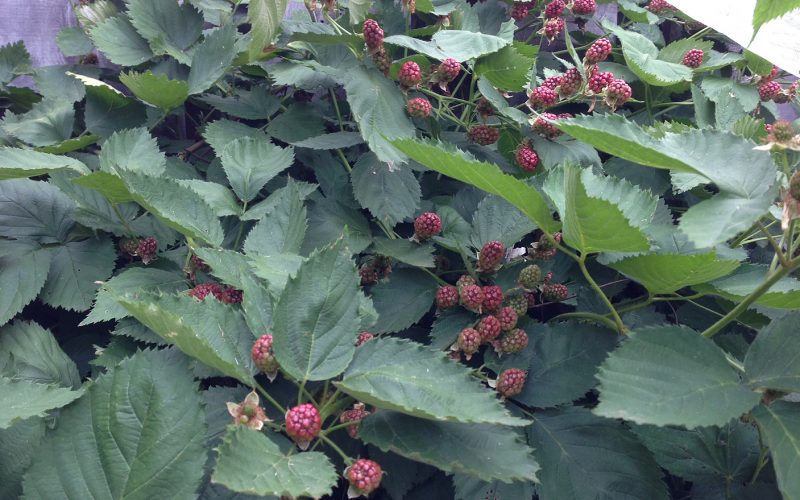
People Making Ripples: Janet Titus has produced an edible landscape in her backyard, where she is able to grow blackberries, peaches, plums, apples, cherries, pecans, pluots, boysenberries, raspberries, lindenberries, rhubarb, horseradish, thyme, oregano, basil, sage, lavender, cilantro, tarragon, chamomile and rosemary. Another of her gardens is producing snow peas, zucchini, red and black beans, black-eyed peas, green peas, green beans, potatoes, cucumbers, okra and eggplant. She uses raised beds to grow tomatoes, a variety of peppers, garlic and sunchokes. In the shade garden, she grows lettuce, parsley, and beets. Can’t “beet” that!
By Amanda Bancroft
There’s nothing like letting the sun be your chef, free of charge! With the proper safety measures, making sun tea and cooking with solar energy can enhance the lazy days of summer and keep you out of the hot kitchen. I’ve seen each of the three main types of solar cookers, and enjoyed homemade sun tea. Now I can share with you what I’ve learned about cooking with the sun, and you can decide for yourself if this will be part of your summer adventures.
Sun tea is easy enough to make: just add your favorite tea bags to a clear container filled with water, put it in full sun, wait until the tea has steeped to your desired strength, pour it into a cup with ice and add lemon or other flavorings. It’s best to choose a black tea when using this method, because the caffeine in black tea inhibits the growth of bacteria for a couple of hours (but no longer). To prevent harmful bacteria from growing in your sun tea, use a good quality water, a sterilized container with easy-to-clean parts, and don’t leave the tea sitting in the sun for more than two hours. For a safer alternative to sun tea, make tea in the refrigerator by putting about four tea bags into a quart of water left in the refrigerator for six hours or overnight. Either way, your kitchen stays cooler and your energy usage is minimized.
Cooking with the sun takes more effort, and in some cases, financial investment. The three main types of solar cookers are box cookers, parabolic dishes, and panel cookers. According to Solar Cookers International, box cookers are the most common worldwide. These can be anything from a pizza box to a sturdy industry-made box with a transparent lid that fits multiple pots and cooks food in medium to high temperatures. Parabolic cookers are small or sometimes huge reflective dishes that concentrate the sunlight onto a single point to achieve high temperatures. Panel cookers incorporate elements of both box and parabolic cookers. They look like something you would use on a mission to Mars, with reflective panels that fold. They can be easily constructed and built cheaply, so they’re often used in refugee camps or in villages to alleviate problems such as deforestation, rape, poor health from contaminated drinking water and polluted indoor air from dirty fuels.
Having already experimented with do-it-yourself models, we’re going to be safe and purchase a solar cooker. We could buy one for $30 from Solar Cookers International to fund their work. Ripples is also connecting our contact in Zambia with SCI and other organizations to support their local projects. The sun is a great chef, whether in Arkansas or Africa!
Ripples is a blog connecting people to resources on sustainable living while chronicling their off-grid journey and supporting the work of non-profit organizations. Read more on this topic and others at www.RipplesBlog.org










